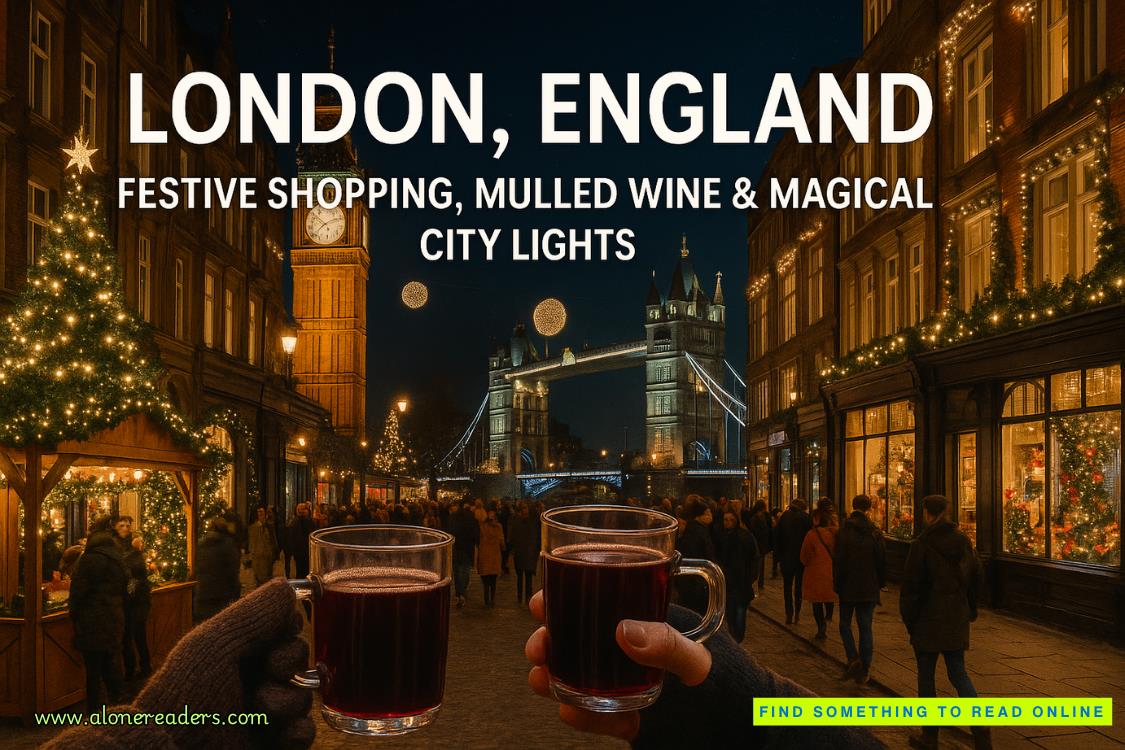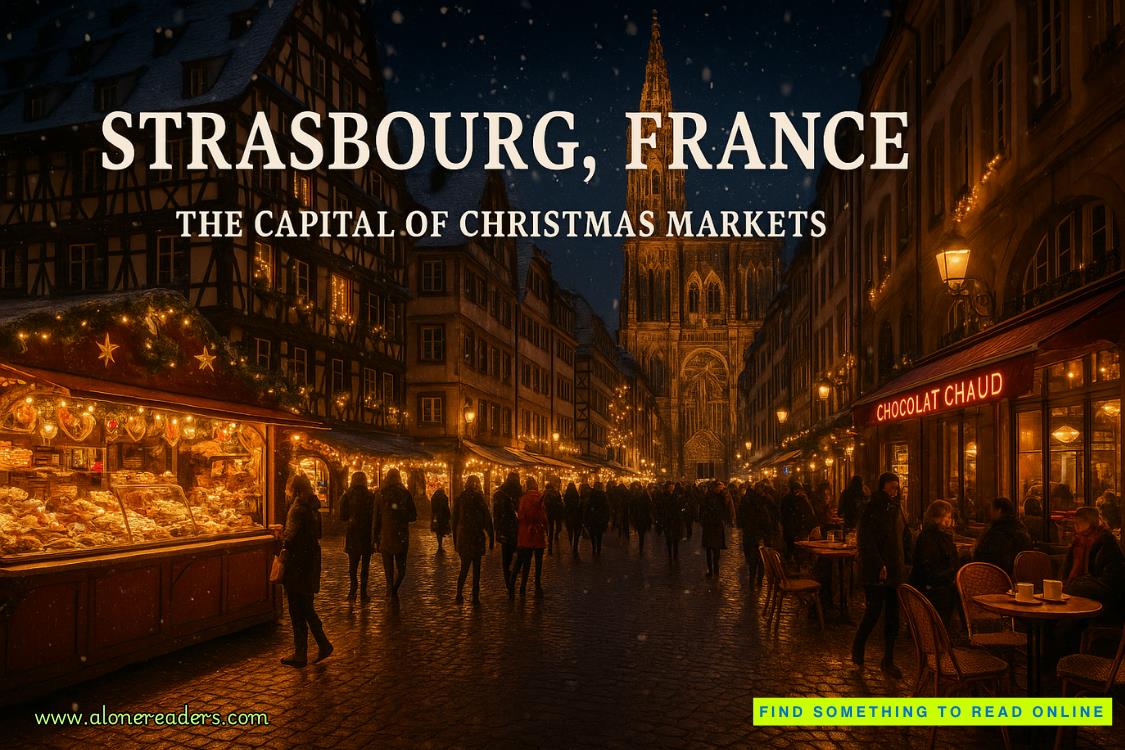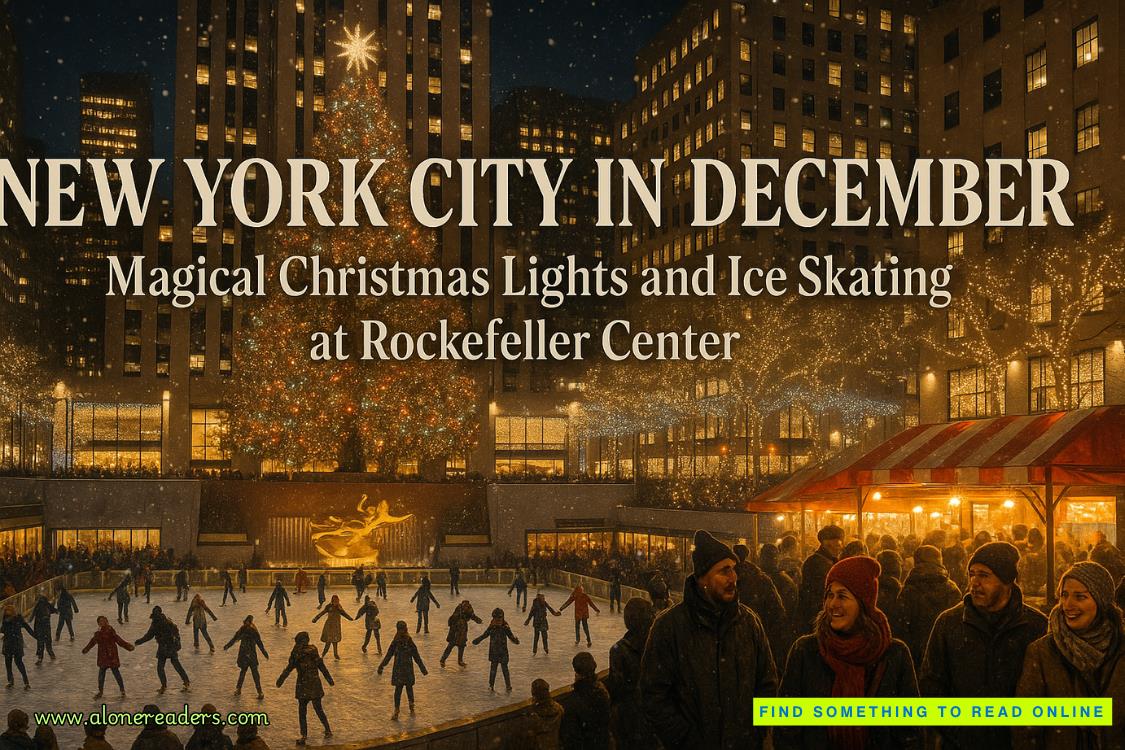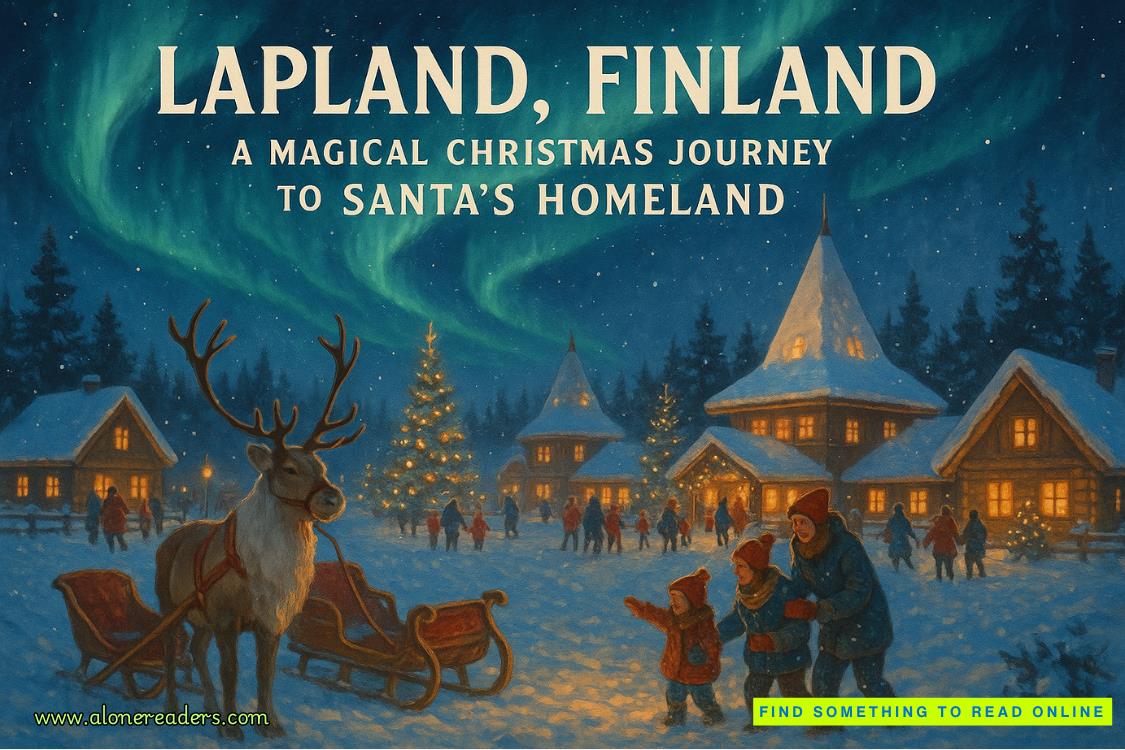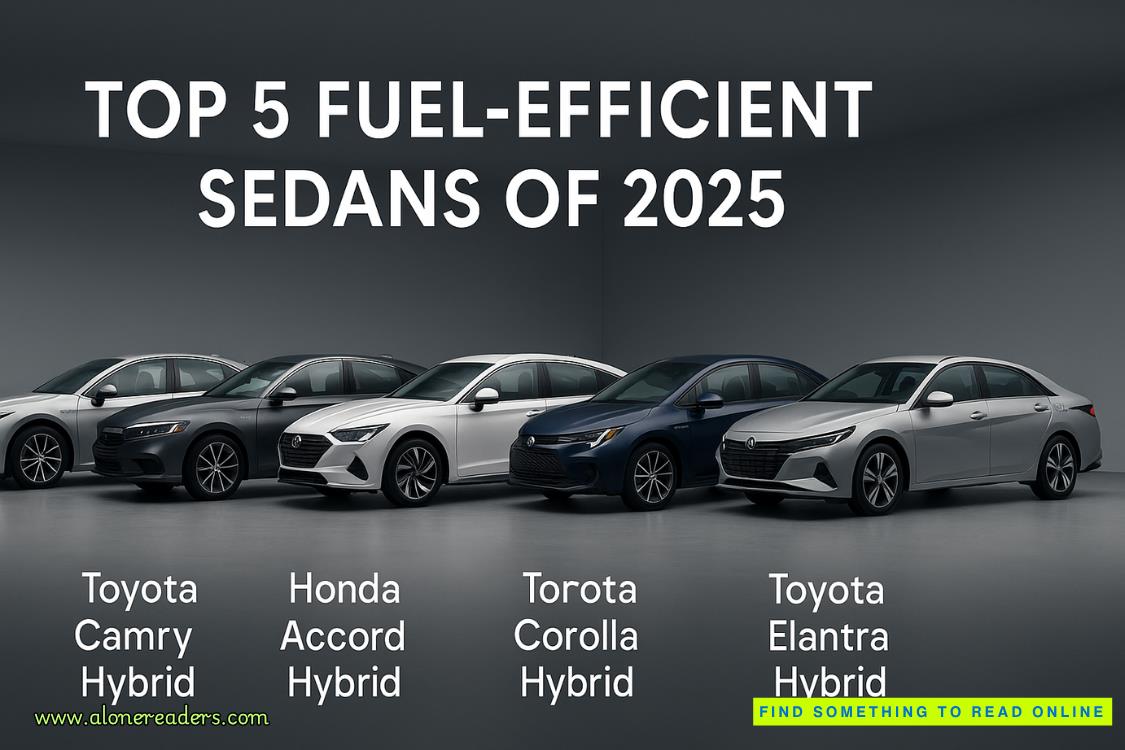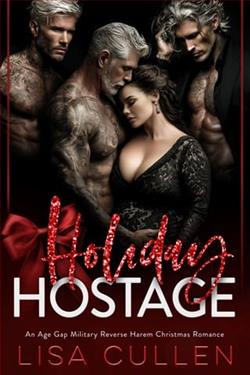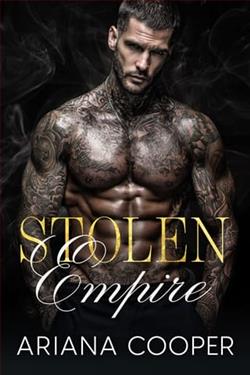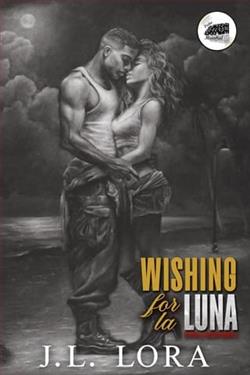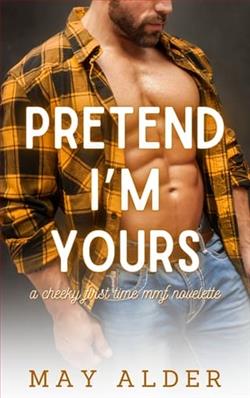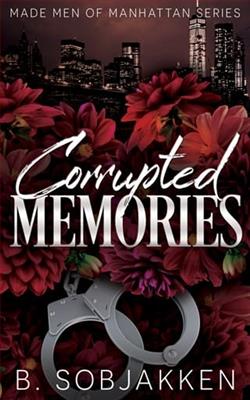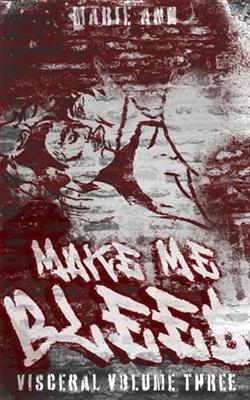Page 18 of Hot For You
He stepped back and she said, “Thanks for inviting me.” She wasn’t sure what else to say so she looked at the livestock. “What kind of cows do you have?”
“I have Hereford cattle.” He gave a nod in that direction. “Come on and I’ll show you around.”
“All right.” She fell into step beside him. The midmorning sun was warm on her arms that weren’t covered by her plain cinnamon-colored T-shirt.
He glanced at her as they walked. “Did you have any problems finding my place?”
She shook her head. “None at all.”
They walked up to a pasture fence. The smell of manure was strong—it reminded her of times she’d gone to the state fair as a kid and had looked at the animals.
“I breed to sell to 4-H and FFA kids around the state to raise and show at competitions as well as county fairs and the state fair,” Cody said as they stopped in front of the fence. “So my herd is show quality. I also sell steers to individuals who buy for the fresh beef.”
“I’m a city girl,” she said. “What’s the difference between a cow and a steer?”
“A cow is a female who has given birth at least once or twice.” He gestured to one of the larger animals, then moved his finger to point to a smaller one. “Heifers are from one to two years old and have never calved.
“Calves are less than ten months old and rely on their mother or a bottle for milk,” he continued as he nodded to a pair of calves beside a cow. He moved to a larger animal. “A steer is a castrated male and used primarily for beef.”
She nodded. “And bulls are males used for breeding?”
“Yep.” He pointed to a larger animal corralled a good distance from the pasture. “That’s the bull.”
“So you don’t refer to a herd as cows,” she said.
“That’s right,” he said. “They’re referred to as cattle. A rancher will refer to the number he or she owns as how many head of cattle they have.” He nodded toward the herd. “I have twenty-five head right now.”
“Why don’t they have horns?” she asked.
He looked at her. “Hereford are normally horned, but these are naturally polled through selective breeding.”
“Interesting.” She smiled. “Learn something new every day.”
With a grin he said, “Ready to see the horses?”
She nodded. “You bet.”
They approached the corral with the three large animals. “Are you familiar with horses?”
“Not more than that they’re horses,” she said. “I’ve never ridden and I couldn’t begin to tell you what kind they are.”
“All three of my girls are Quarter horses.” He gestured to one on the left. “She’s a palomino. That refers to her coloring—gold coat and white mane and tail.” He nodded toward the other two. “The twins are also Quarter horses but they’re sorrels.”
“One palomino and two sorrels, all three are Quarter horses,” she repeated. “Got it.” She looked up at him. “What does sorrel mean?”
They reached the corral and Cody put his hands on the top wooden rail before stepping onto the bottom rail and raising himself up. “It’s for their brownish-red coloring.”
Carilyn followed his example and climbed up onto the rails. He was somewhere around six-one, a good seven inches taller than her, so he was a good deal higher over the top rail than she was.
He whistled and the horses raised their heads. The palomino started toward them. Cody glanced at Carilyn. “I have a different whistle for each of my girls.” When the horse reached them, he stroked her forehead. “This is Dolly.”
Carilyn laughed. “With all of that blonde hair, the palomino must be named Dolly after Dolly Parton, right?”
“You’ve got it.” He grinned. “One of the 4-H kids who worked for me named the other two when they were born. The one with white markings is Molly. The other is Holly.” He reached into his pocket and pulled out a few green pellets. “Why don’t you feed these to Dolly? Let me see your palm.” Carilyn did as he told her and he dropped the pellets onto her palm. “Now hold out your hand.”
She wrinkled her forehead. “Dolly won’t bite?”
He shook his head. “Nope.”
